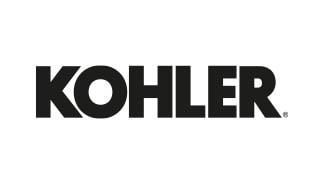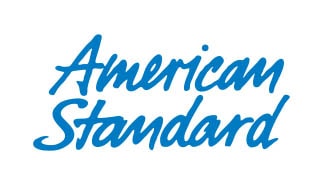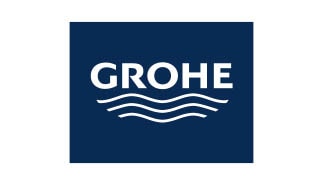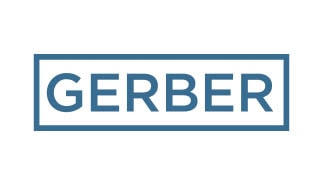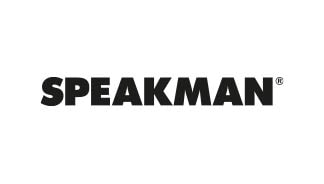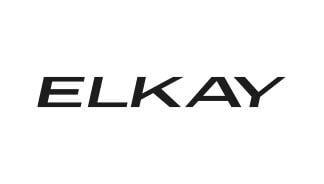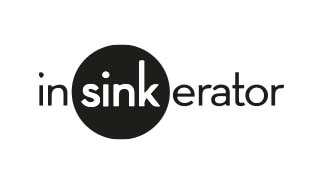Published on
September 7th, 2021Radiators Aren’t Heating Up? Try These Pro Tips for More Consistent Heat
For many property owners in New York City, the start of the heating season in autumn coincides with tenant complaints about overheated apartments and having to open windows to regulate the temperature indoors. However, if your building is one where occupants have the opposite problem–the radiators aren’t heating up properly–this post is for you. Here are multiple solutions you can try to ensure tenants get the warmth they need. Once you overcome radiator problems, your tenants will be more comfortable, which, ultimately, reduces hassles for you as a landlord or property manager.
Perform a Pre-Heat Season Tune-Up
Starting with top performance
Before the cold weather arrives, it’s a good idea to make sure your heating infrastructure is ready for another New York winter. That means doing a little bit of tuning up on your radiators and other parts that provide heat.
We always recommend going over everything carefully, from the boiler to each unit’s radiators, typically Sanitary Plumbing’s specialists who can diagnose and remedy problems on the spot. Some of the issues described below can be caught with a good annual checkup before turning on the heat.
Make Sure Valves Are Properly Adjusted
An easy fix
One of the easiest things you can try yourself, and something we always do on radiator service appointments, is to check that your valves are set correctly. In most instances, this means the valves should be wide open to encourage the maximum amount of heat in each radiator. Often, these get closed accidentally or tightened at the start of spring when less heat is needed.
If you use thermostatic radiator valves with a programmable thermostat, these need to be checked too. You want to be sure they are set properly once you turn the thermostat on and start using it to regulate the temperature. We are happy to help you set this up if you’re encountering problems or want a more energy-efficient and customized way to control your heating.
Eliminate Excess Air and Water Hammer
“War” inside radiators
That clanging you and your tenants may hear emanating from radiators in winter is called water hammer. It’s not just a nuisance. If you notice it, then there is likely a problem within the radiator that’s keeping it from functioning optimally.
When steam, evaporated steam in the form of water, and (sometimes) air mix inside an enclosed space like a radiator, they go to war with each other, vying for precious space. This is what causes the noise.
Usually, this can be fixed by tipping the radiator toward the condensate return pipe so evaporated steam (AKA water) drains out more readily. Instead of your radiator being level on the floor, install a shim underneath one side to increase the slope by a few degrees. If this still doesn’t fix the issue, it may be time to check your steam traps and boiler system (see below).
Enhance Existing Heat
Three tips for working with what you’ve got
Sometimes, a unit is actually getting maximum heat from the radiators, but the room is working against it. Try these three relatively low-cost suggestions for enhancing existing heat:
- If the ceilings are high, install ceiling fans to push rising warm air downward. Make sure the fan spins clockwise in wintertime. In summer, use controls on the fan to reverse the direction to draw warm air upward and push cool air down into the room.
- Make sure the room has proper insulation so heat is not lost to the outdoors. Seal gaps around doors and windows. Insulate walls that get little to no sun or are on the windy side of the building. Install thermal windows or use better window treatments, which also conserve energy in summer.
- Add a reflector behind the radiator, especially if it’s under a window. This will bounce heat back into the room rather than heating exterior walls or seeping out the window. You can make your own panels with foil or purchase a ready-made reflector from HVAC suppliers or online.
Check Pipes Supplying Radiators
Improved steam supply
Once you’ve ascertained that everything in the unit is running properly, if you still aren’t getting enough heat, it’s time to look outside for other causes. The first place we check is the pipes leading to your radiators. If those are clogged or leaking, obviously the radiator steam supply would be affected.
Sometimes, old pipes need to be replaced. If you see mineral scale or sediment building up on other pipes, there’s a good chance it could be in your steam pipes too. If the buildup isn’t too advanced, sometimes a good cleaning followed by the addition of a water filtration system and boiler water treatment plan is the answer.
Evaluate Boiler System
Building-wide heat issues
After checking individual units and your steam supply pipes, any further heat issues can usually be blamed on the boiler. Just like your radiators, your boiler should undergo regular maintenance, preferably at least once a year or at the start and end of heat season.
Our partners in the Omnia Mechanical Group, Calray Boilers, can evaluate your boiler for any problems that could affect your heat, hot water, budget, building safety, and more. Common issues that result in radiators not heating up include:
- Mineral scale and sediment fouling water
- A dirty boiler that’s producing wet steam
- Improperly installed or clogged steam vents
- Incomplete boiler combustion
- Lack of boiler pipe insulation
Did you have problems with your radiators not heating up last year? Want to get a jump on this year’s heat season? Schedule your regular radiator maintenance and fix any problems now by calling Sanitary Plumbing. You can reach us at 212-734-5000, or simply use our online form to schedule an appointment today.
